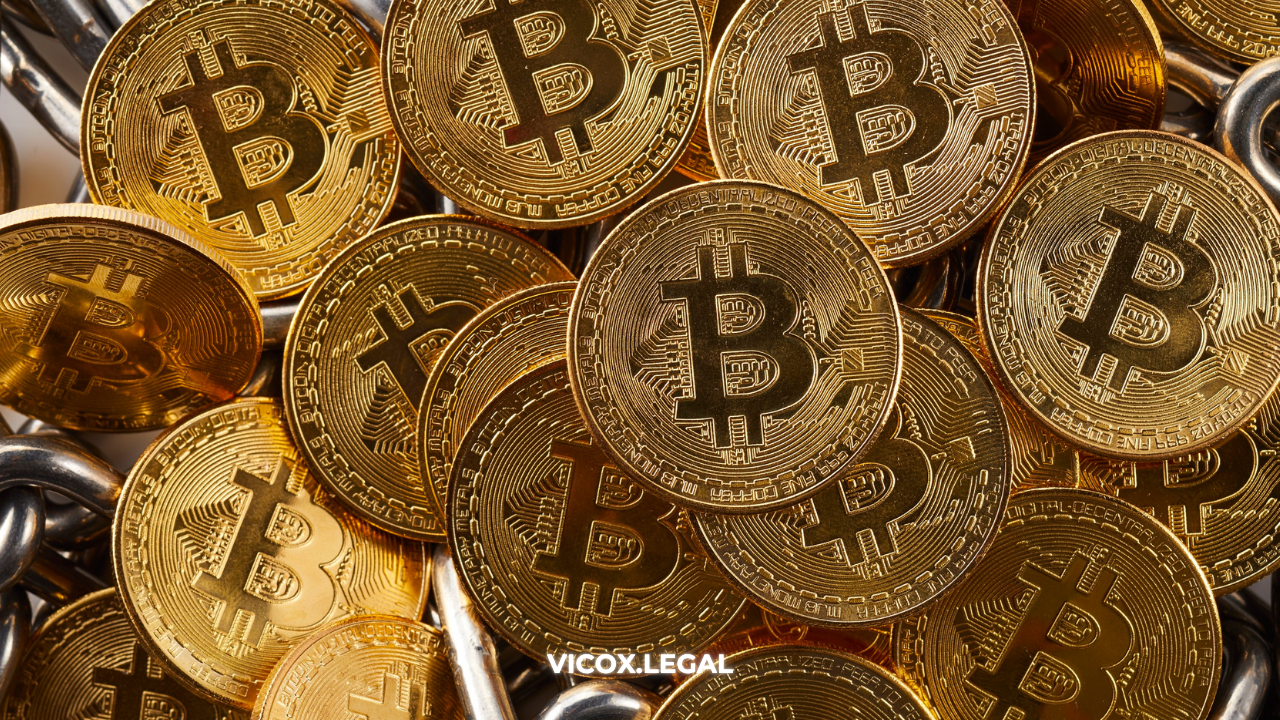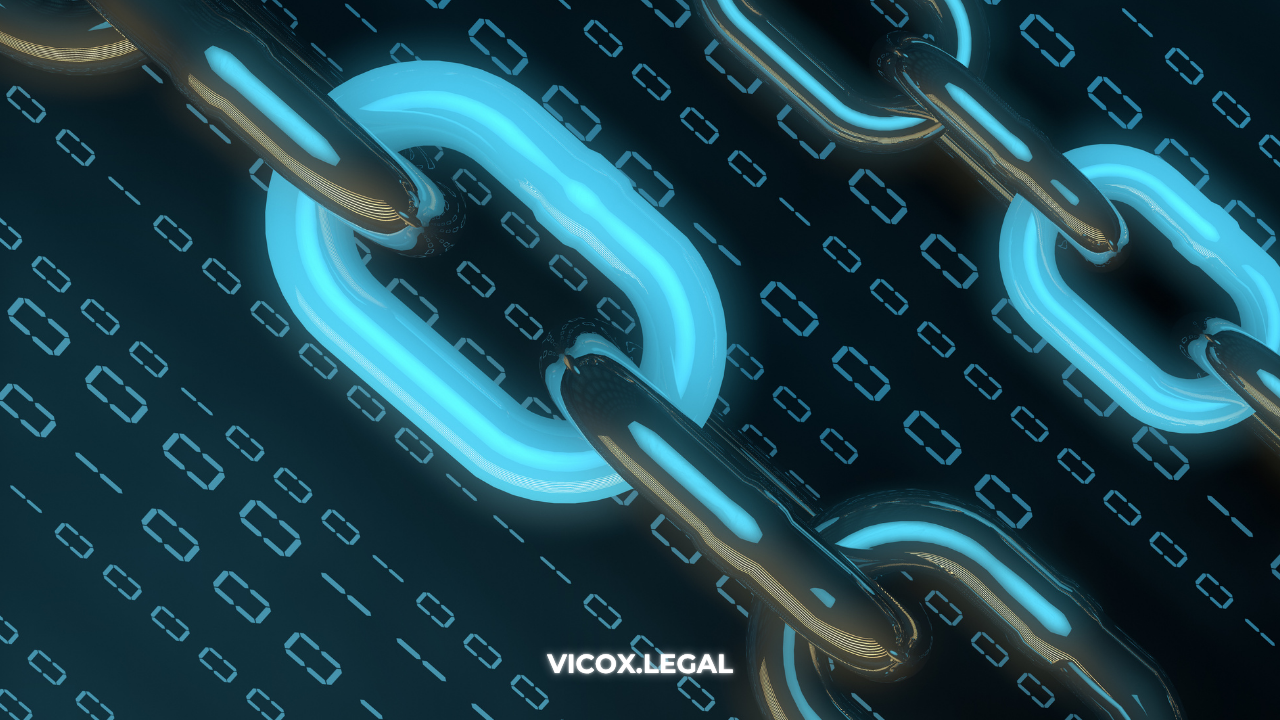
Regulating the new financial system
What is the MICA proposal and what does the EU intend to achieve with it? There is no doubt that the market and the financial system are changing thanks to cryptoassets, which are increasingly accepted and held by very important individuals and companies. It is therefore of vital importance to regulate these cryptoassets, so that their owners can feel fully protected, carrying out their transactions in complete security.
Although the cryptocurrency system and blockchain technology is perceived as a kind of parallel ecosystem to the current system, which is often sold to us as a system of total and absolute freedom. But we cannot ignore our condition as members of a larger community, with the need to systematise a large part of our actions, especially when it comes to products in new emerging markets.
The European Union (and its institutions) is not unaware of the particularities of the crypto market and is fully aware of this new, revolutionary financial reality, where digital assets offer countless new opportunities. The massive acceptance of cryptocurrencies as investment tools has led to the imperative obligation to create a new adapted regulation. This is currently the case in Europe with the MICA regulation on the crypto-asset market. It is expected to come into force in the course of 2022 and we will analyse it in detail below.

Definition of cryptoasset in the MICA regulation
To begin with, the financial system is one of the largest regulated sectors, because of its particular impact on risk and its scope. Having understood this, we have to note that cryptoassets are not traditional financial products. The unique characteristics of the system itself, the use of a revolutionary technology such as the blockchain and their acceptance in society mean that cryptoassets are close to being self-regulated. Thus, the legislator will only have to worry about conceptualising and classifying all the figures of the new system.
The first point is, necessarily, the definition of a cryptoasset. Article 3 of the MICA regulation defines it as "a digital representation of value or rights that can be transferred and stored electronically, using decentralised registry technology or similar technology". Thanks to this definition, we can differentiate between tokens and cryptocurrencies. A token is a cryptographically protected digital representation of physical goods, rights and other digital goods or services. Cryptocurrencies, on the other hand, are intended to serve as a payment or exchange instrument and are similar to today's money.
And this is where the MICA proposal focuses first, differentiating into three types of digital assets and regulating their issuance. The future regulation distinguishes the following cryptoassets, within its regulatory framework:
- Utility token or service token. A utility cryptoasset within a community or services in general. An instrument that allows us to access a good or service and that cannot be considered as an emoney token or asset-referenced tokens.
- Asset-referenced tokens (ART). It is a cryptoasset referenced to the value of a FIAT currency, commodity or other cryptoasset. This is due to its intention to position itself as a stable value in the market.
- Electronic money tokens (EMT), e-money tokens or electronic money tokens. It is a cryptoasset that references its value in a legal tender fiat currency.
Why does the MICA proposal not include Security Tokens?
Believe it or not, securities are already regulated in many jurisdictions. The issuance of digital assets is assimilated to securities already existing in the financial system. For this reason, they are not included in the MICA proposal, on the understanding that they are already covered by other general regulations.
For example, in Spain, securities are regulated by Article 35 of the Securities Market Law and are assimilated to the issue of any other negotiable security that can be revalued in the market. Nor are the popular NFTs or "non-fungible tokens" regulated. This is because the issuance of this type of asset requires a specific standard, such as a smart contract developed on a specific blockchain network.
If you found this content interesting, we invite you to continue reading our blog. blogblog, where you will find the latest news on cryptocurrencies and blockchain.




